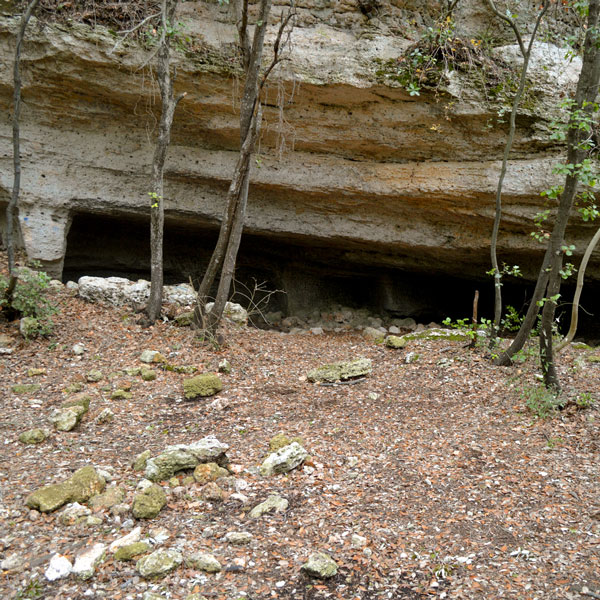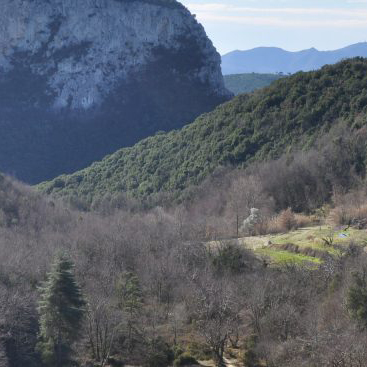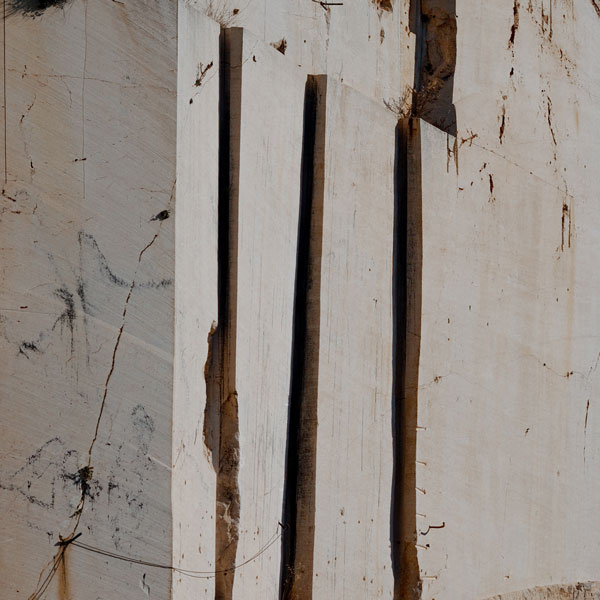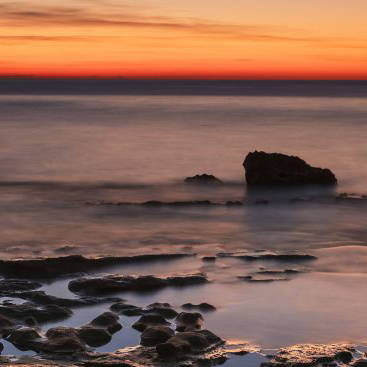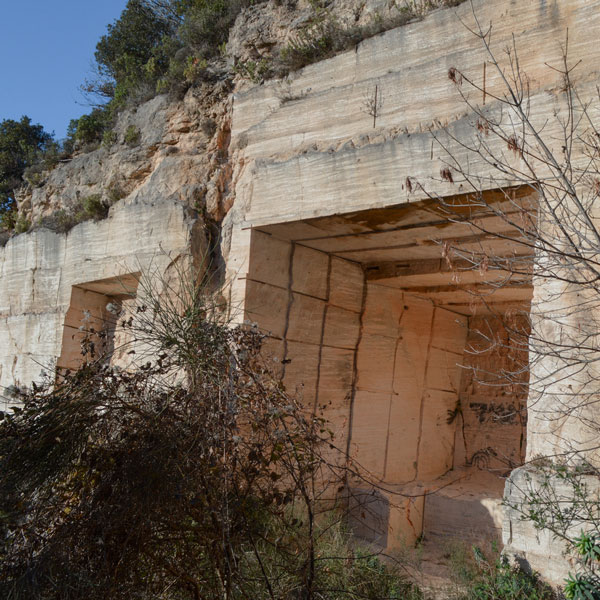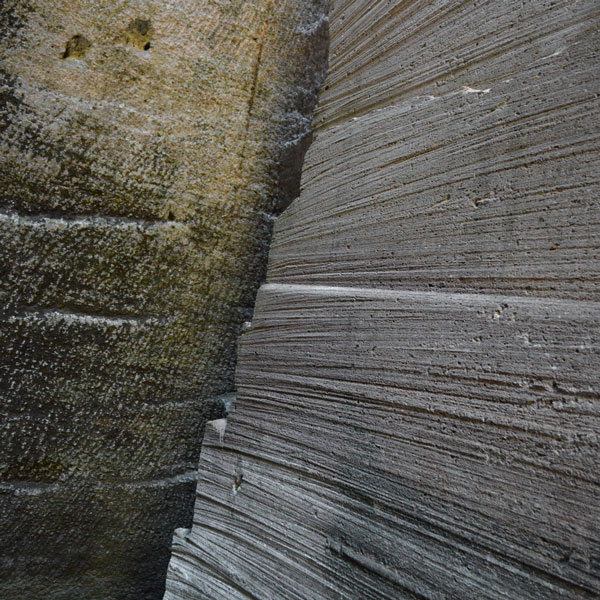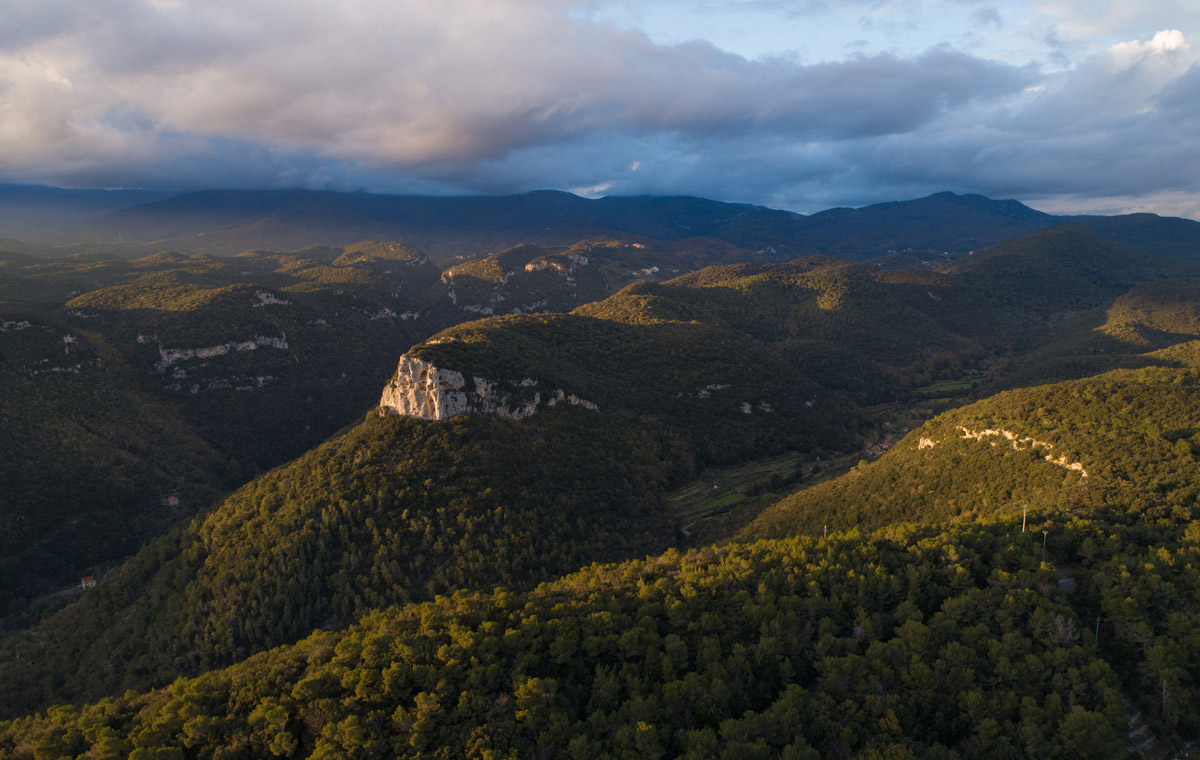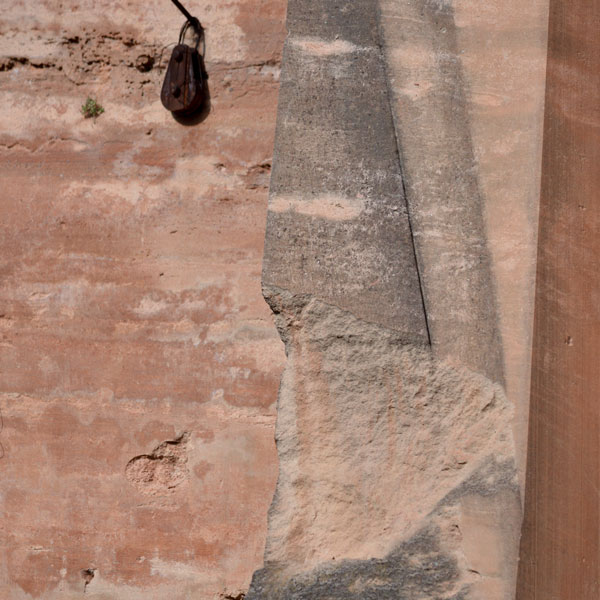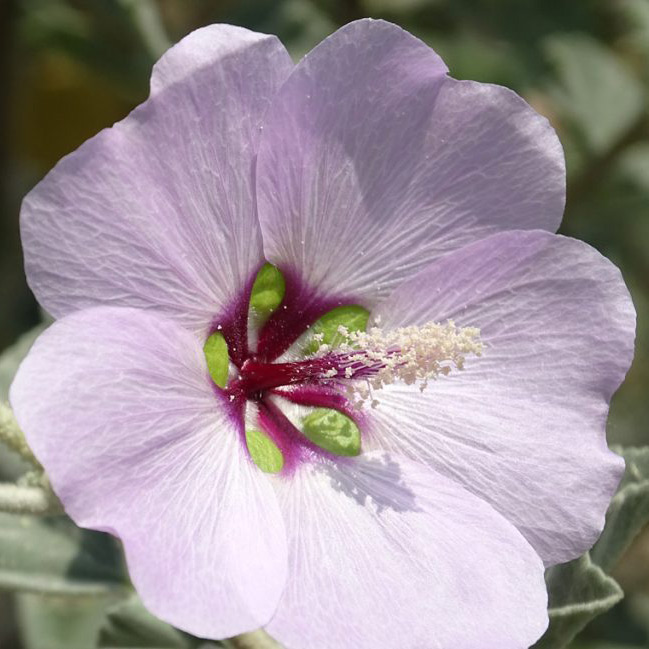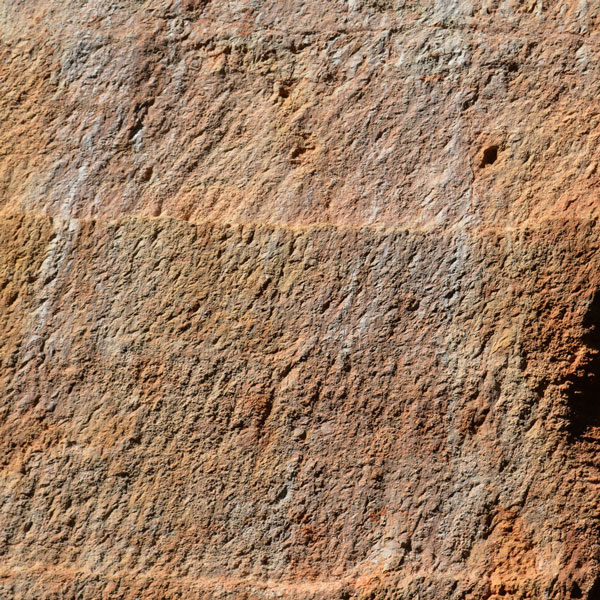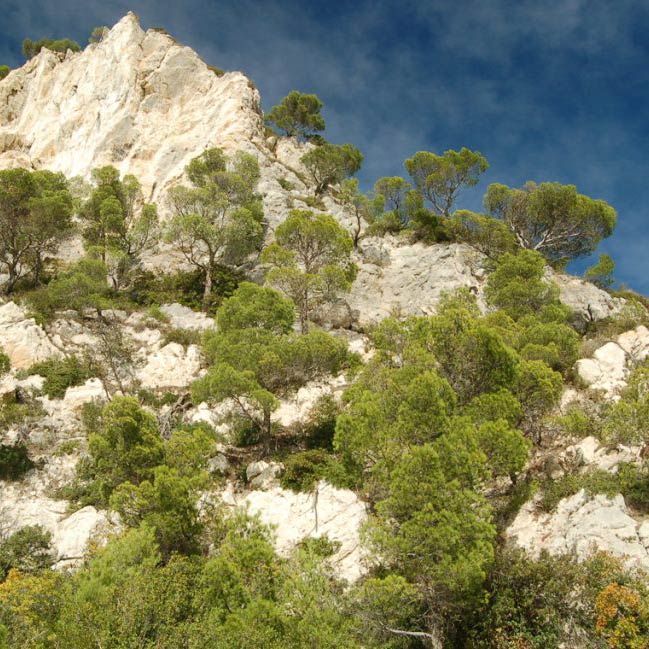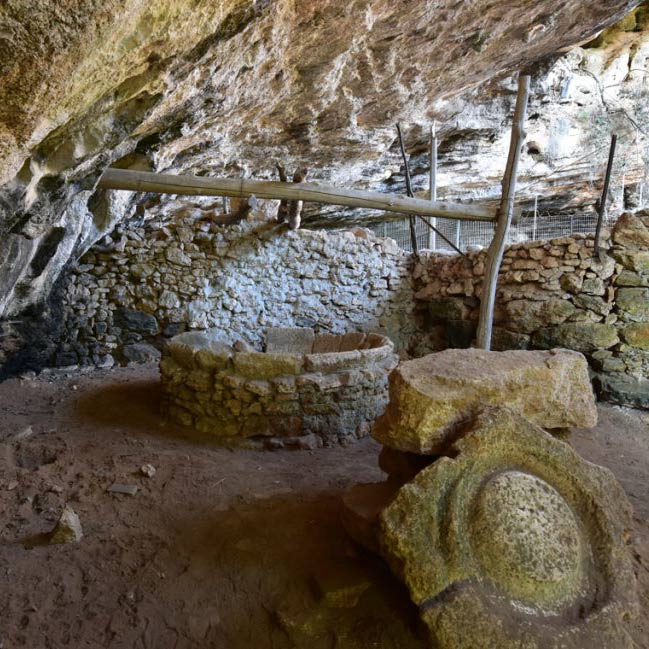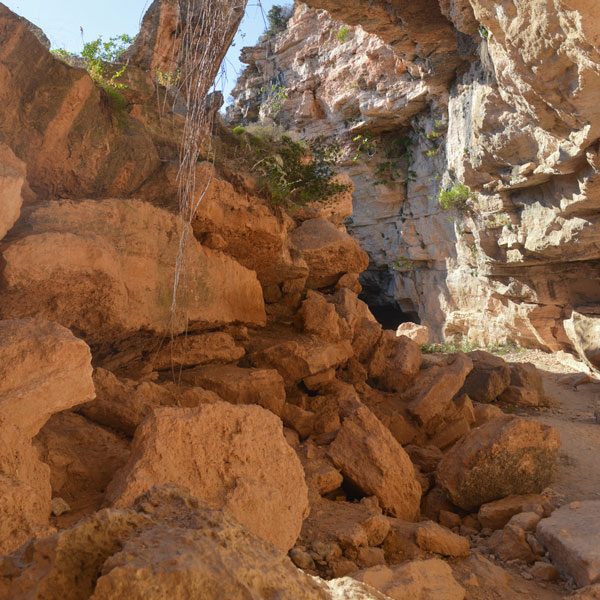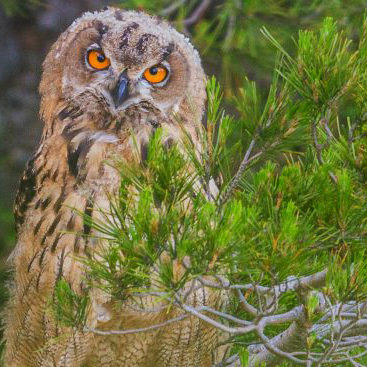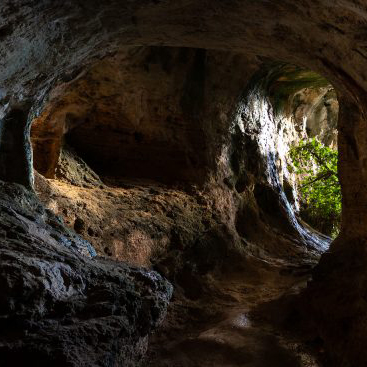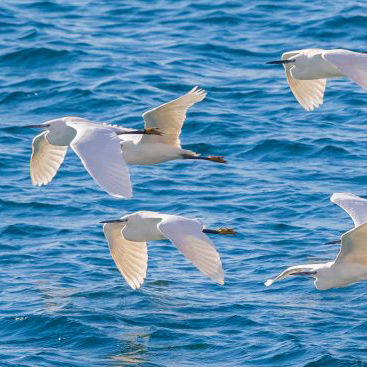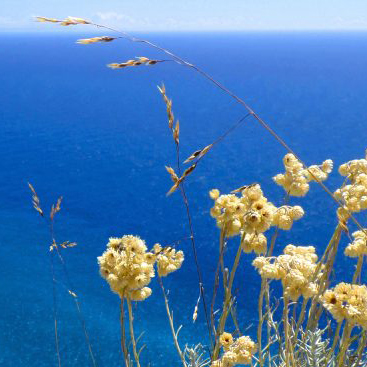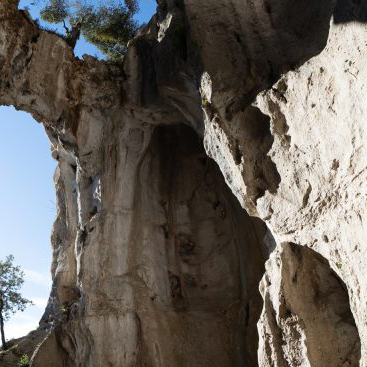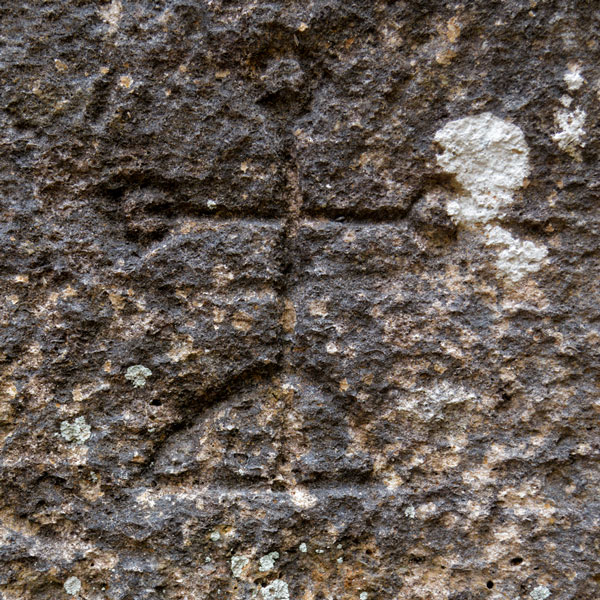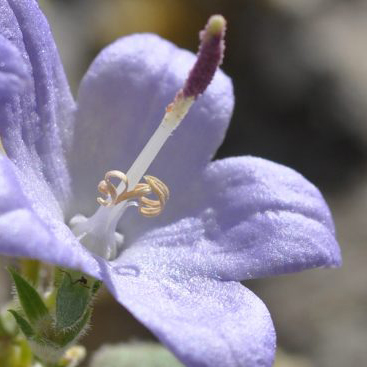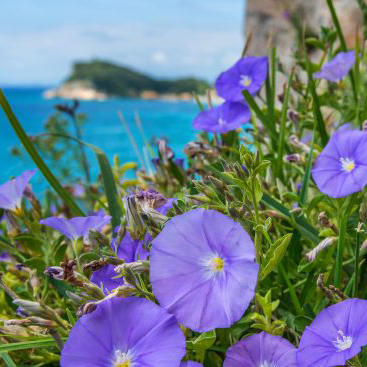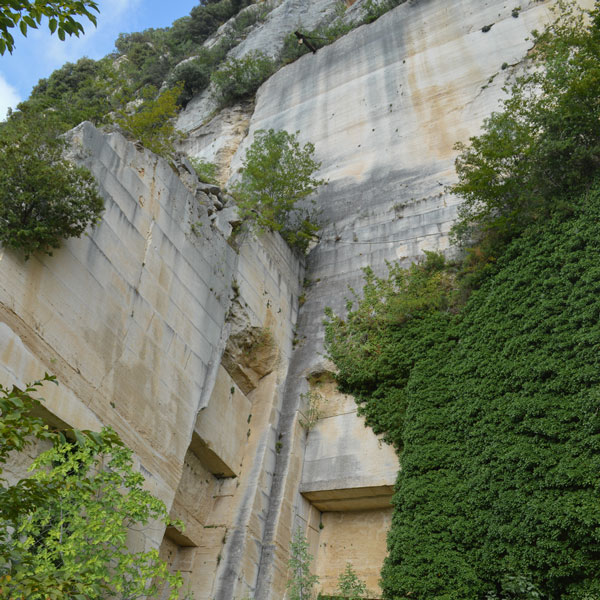Finale Stone
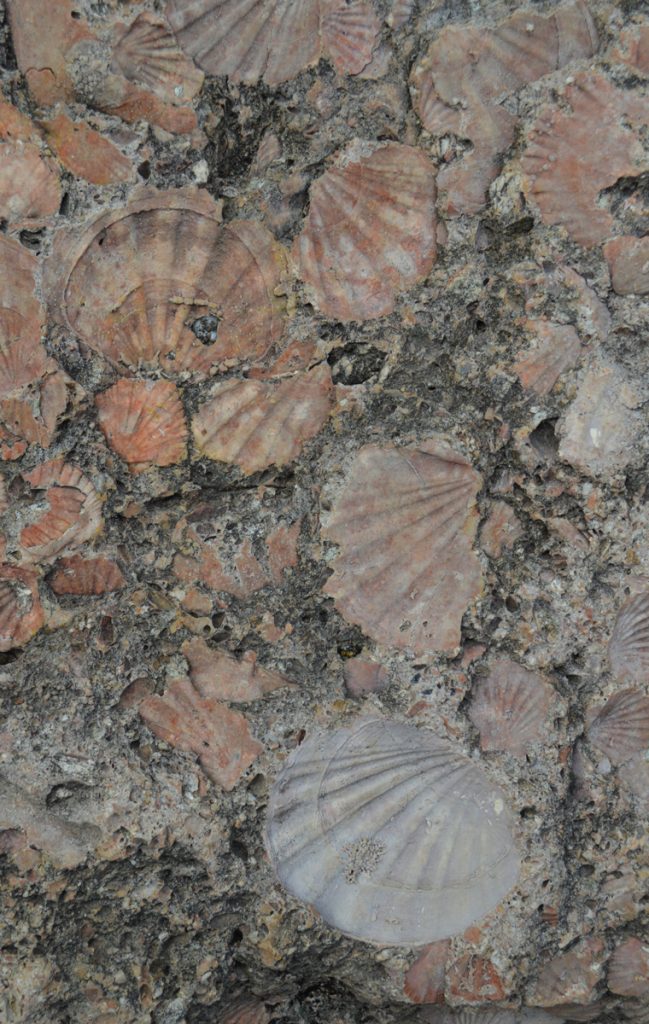

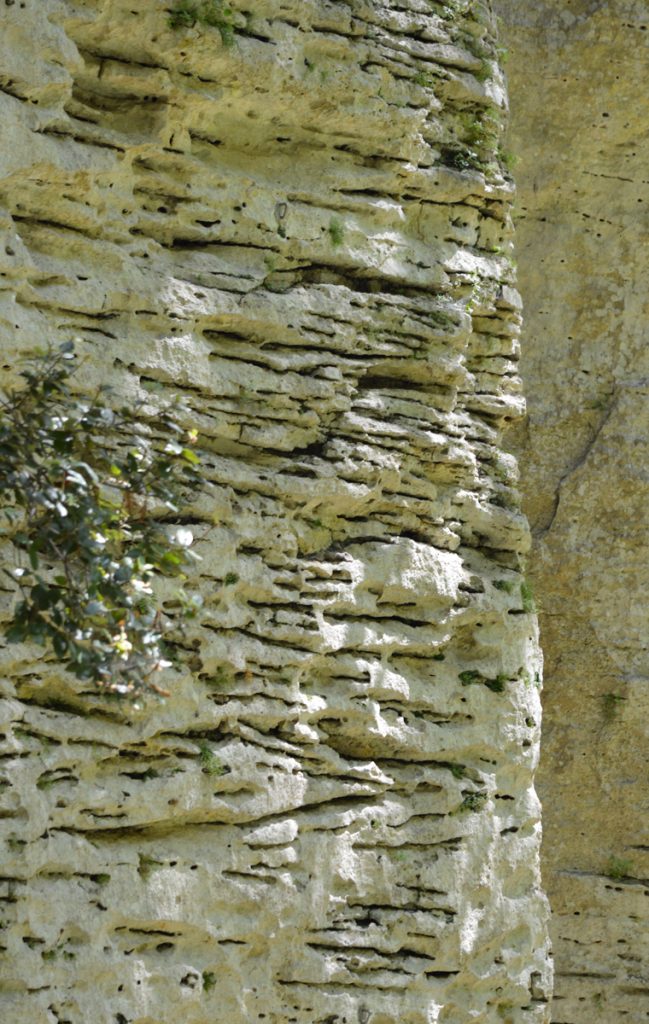
The living beings of the Miocene In the stone
In Finale both the natural and the anthropized environment is strongly characterised by the presence of Finale Stone. The stone is a bioclastic organogenic limestone, that is partially detrital with shades of colour that go from white to light brown and pink, and has always been used for building.
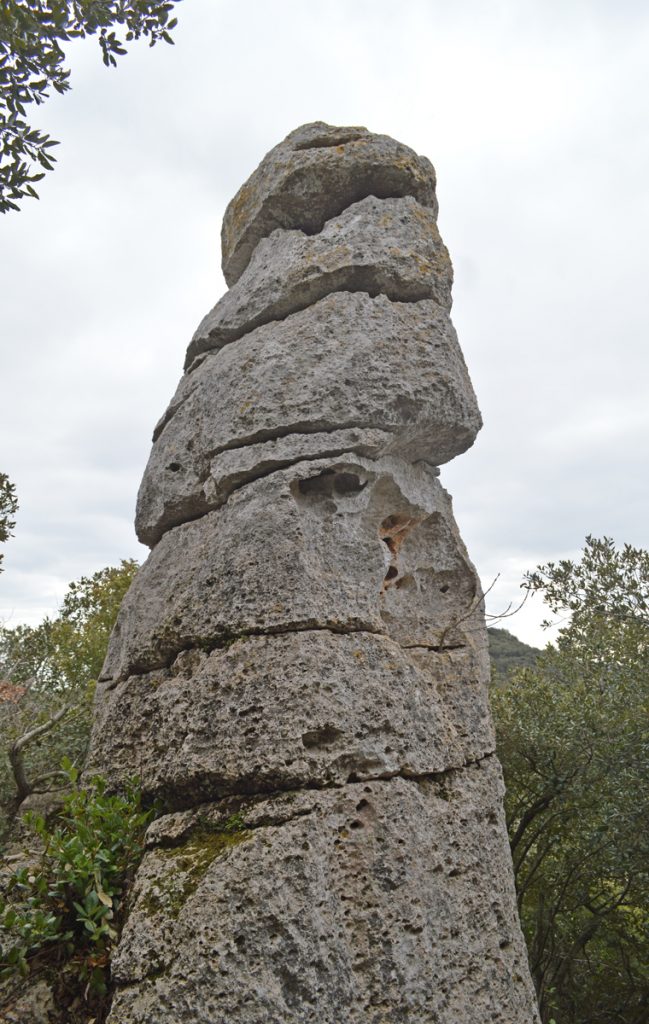
These rocks contain a huge number of fossils and show the animals that lived in the Miocene sea: shells, corals, seaweed, sea urchins but also fish, whales and sharks of large dimensions such as the gigantic Carcharodon.
The Finale Stone, as the Verezzi Stone (with reddish brown shades of colour and is particularly rich with fossils) was formed around 28 and 11 million years ago by the sedimentation of deposits in a marine inlet with shallow water and warm water.
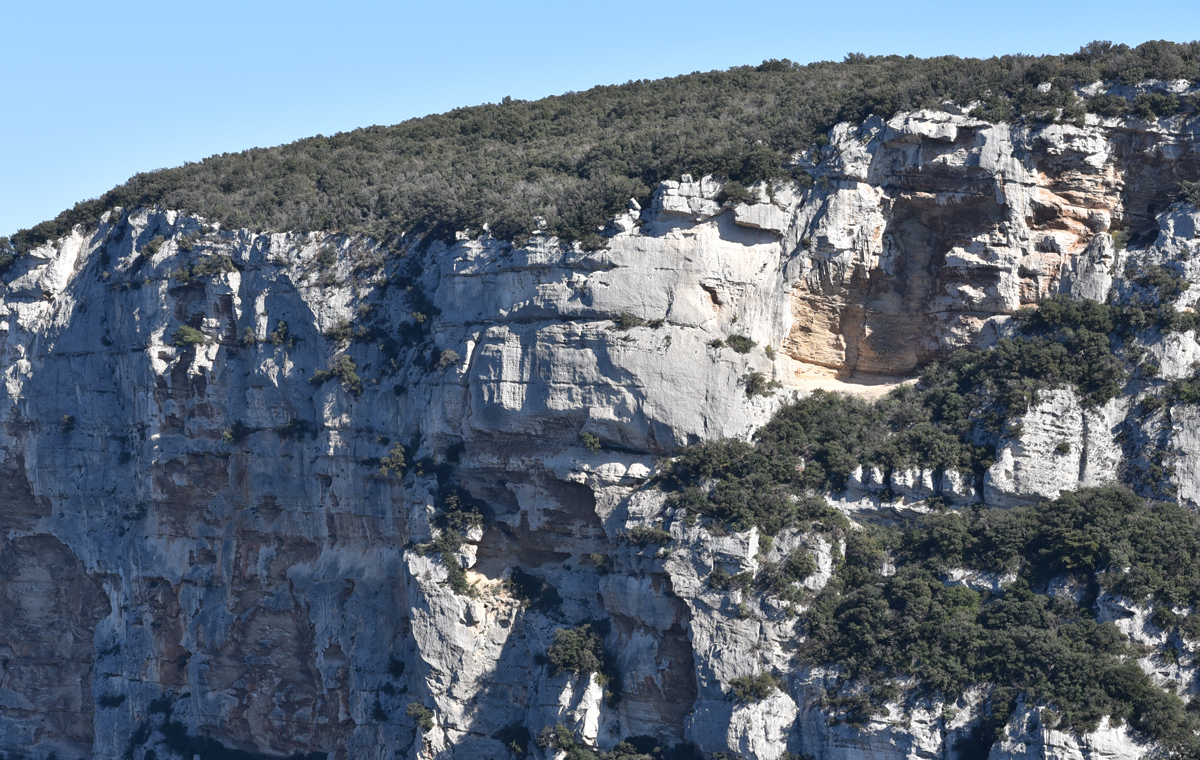

MORE INFORMATION – Finale Stone
The genesis of these rocks can be divided into three big geological phases.
Between 28 and 23 million years ago, on the Pretertiary substrate, in the ancient Ligurian sea a gulf with a high coast was formed on which the seabed at the feet of the cliffs, where between the early Oligocene and the Miocene more or less fine sediments deposited and constituted the base for the Finale stone.
In the middle and late Miocene, from 23 to 11 million years ago, the sea advanced in the gulf that became a large sheltered inly that communicated with the sea through an isthmus. In a period of subtropical climate other sediments were deposited that gave life to the real Final stone rich with limestone and fossils.
In the central parts of this marine environment, no deeper than 60 m, with calm and warm water, green algae and corals thrived, cemented by calcium carbonate that generated the light-coloured Finale stone. On the sides of the basin, under the coast, instead bivalves with ostreidae, balanidae and bryozoa predominated and characterised the pink Finale stone.
Lastly, between 11 and 0 million years ago the area rose gradually and the sea receded and the formations that emerged went through an intense process of being modelled and of erosion linked to karstic phenomena, both superficial and deep, with the formation of various caves.
The water courses carved deeply the original platform constituted by the sedimentation of Finale stone and created the current plaques of Verezzi and of Orera, of Rocca di Perti, of Monte Cucco and Rocca degli Uccelli, separated by deep valleys with high cliff walls.
At the beginning of the 90’s of the previous century for economic and environmental protection reasons the cave, where the Finale stone and the Verezzi stone were extracted, was closed down. The old quarries with their extraordinary and unexpected sceneries linked to the different types of extraction have to be considered as part of examples of Industrial archaeology, testimony to a millennial history.
Furthermore, the high cliffs and the fascinating geological environment linked to the Finale stone have become since a few years an important attraction for “climbers” and other “outdoor” enthusiasts coming from all over the world.
[ls_content_block id=”7170″]




